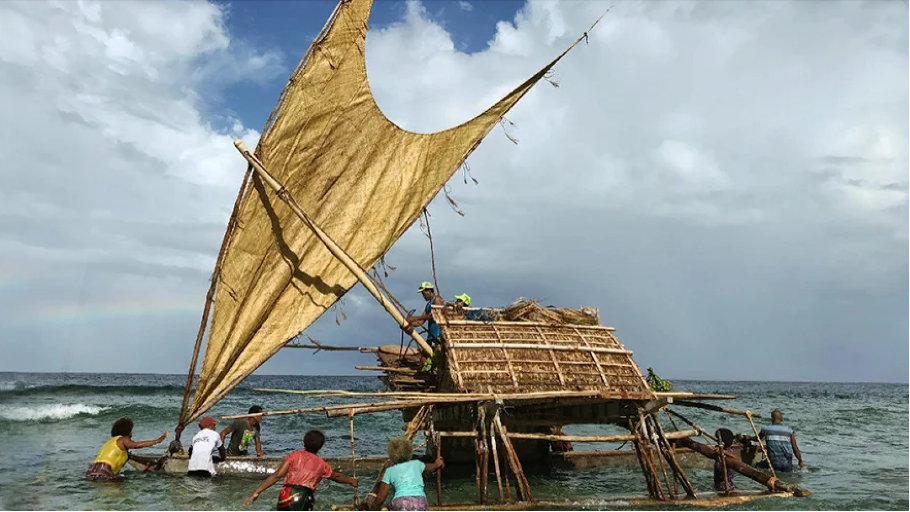Indigenous Archaeology Done Right
- Aditi Krishnan
- Nov 9, 2022
- 3 min read
Updated: Dec 14, 2022
How the Chipewyan Prairie First Nation (CPFN) led researchers from the University of Alberta in successfully utilizing non-invasive methods to identify unmarked ancestral graves

"Archaeological projects should incorporate these nondestructive techniques within community driven/collaborative methodologies that seek to uphold Indigenous sovereignty and address community objectives."
A Brief Overview of the Study
The goal of this project undertaken in Northern Alberta was to use ground penetrating radar (GPR) to distinguish the parameters of an unmarked CPFN ancestral burial site in order for the community to commence construction on healing houses for members struggling with addiction. Ground penetrating radar works through creating reflections with varying peaks that experts can interpret as a map for what is located beneath the surface. Additionally, because of its non invasive nature, it contributes to an effort to decolonize archaeological practices and ensure that research is done by, with, and for the communities being explored.
Why This Case Study Was Successful in Following the Practices of Indigenous Archaeologies
As a result of an already established good rapport between the Nation and the University of Alberta, researchers were actually invited by the CPFN to engage in the research, One of the fundamentals of Indigenous archaeologies is that the communities should be permitted to act as the initiators, a deviation from the historical norm of archaeologists disregarding community objectives, only seeking performative consent, and a lack of including communities when it comes to analyzing and publishing research. Addtitionally, the success of the project was bolstered by the utilization of traditional knowledge provided community elders that was essential in providing details of the number and type of burials hypothesized. Traditional knowledge is often dismissed by the western framework as being mythical or unreliable because it isn't data in a way we are accustomed to, but the information provided by the elders indicated that there were 14 graves to be identified and GPR satisfactorily identified 12 along with what the community determined to be several graves of children existing at a different depth than the others. This accuracy goes to show what can happen when new technologies are applied with the frameworks of Indigenous knowledge. The community was kept up to date on the data as it came in and were able to help researchers make sense of it by providing essential cultural context.
Food For Thought
While non-invasive methods in archaeology are a wonderful tool, their integrity is in the hands of their users. The authors of the case study discussed remind us that “despite thematic similarities and crossover potential, few researchers have engaged in both Indigenous archaeology and remote sensing, and remote sensing applications at times have echoed or enhanced the extractive/ colonial nature of the discipline.” Ground penetrating radar produces an extensive amount of data that can be misused or contribute to the misrepresentation of a community if it not not paired with the necessary community involvement. It is essential to remember that Indigenous communities are not a thing of the past, they are living, changing cultures that have always had to fight harder to remain on this earth and nothing we do now should contribute to the narrative of their erasure or antiquity. Because the researchers of this case study made every effort to practice genuine Indigenous archaeology, the Chipewyan Prairie First Nation has since invited them back to assist on other archaeological projects!
Click this link to read the case study itself, which was written collaboratively by members of the Chipewyan Prairie First Nation and researchers at the University of Alberta published on behalf Society for American Archaeology



Comments